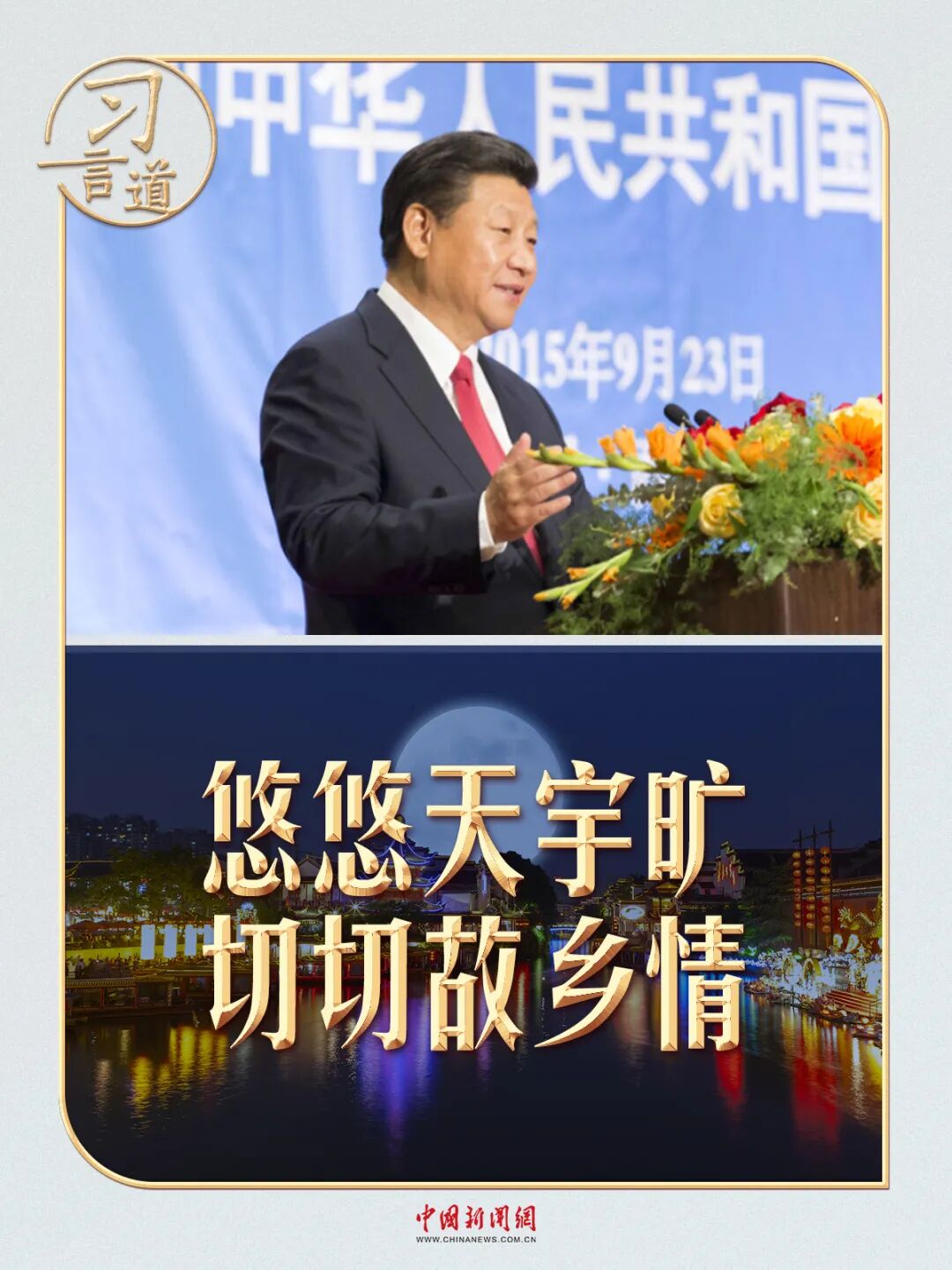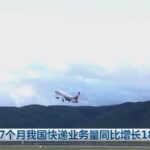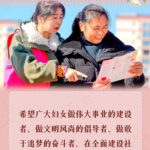During Overseas Visits, He Brought Them Mooncakes
“We have brought some hometown mooncakes for everyone on this trip to the United States; it’s a token of affection from the people of our homeland.”
Just before the Mid-Autumn Festival in 2015, he attended a welcome reception hosted by the overseas Chinese community in Seattle. He had specifically brought mooncakes from Beijing to wish the overseas compatriots a happy Mid-Autumn Festival.
He said, “On festive occasions, we miss our loved ones all the more. I know that everyone here misses our homeland and relatives thousands of miles away, and the homeland and your families are also thinking of every one of you abroad.”
As the meeting was about to conclude, he quoted the famous line by Tang dynasty poet Zhang Jiuling, “Vast is the sky and long the earth, but deeper still is homesickness.” He told the overseas compatriots: “You are always welcome to come home and visit.”
The moon shines brightest at home; the heart of a child belongs to China.
“There are tens of millions of overseas compatriots around the world; all are members of the large Chinese family.” Overseas compatriots have always been a group held in high regard. He has spoken about overseas compatriots and overseas Chinese affairs on numerous occasions. These discussions reflect both deep thoughts on overseas Chinese work and profound affection for the broad community of overseas compatriots.
“A most important characteristic of overseas Chinese is their love for the country, their hometown, and their families. This is what it means to be Chinese, Chinese culture, the Chinese spirit, the Chinese heart.” On October 13, 2020, while inspecting Shantou, Guangdong, he stated that China’s reform and opening-up, and China’s development and construction, are inseparable from such a large number of overseas Chinese who care deeply for their native land and their motherland.
That day, he also specifically visited the Qiaopi Museum to learn about the history of Chaoshan overseas compatriots’ deep connection to their homeland and their support for the construction of the motherland and their hometowns.
Though the “qiaopi” letters are short, the family and national sentiments are long. What they contain is not only concern for family and nostalgia for home but also wishes and hopes for the prosperity of the motherland.
Achieving the common dream requires joint effort.
In February 2017, he emphasized in important instructions on overseas Chinese affairs that uniting the broad masses of overseas Chinese, returned overseas Chinese, and their relatives closely and leveraging their active role in the great rejuvenation of the Chinese nation is an important task for the Party and the country.
He also places great importance on the role of the broad overseas Chinese community in promoting the building of a community with a shared future for mankind.
On various occasions during overseas visits, he often speaks about overseas Chinese and ethnic Chinese within the broader context of enhancing friendship between peoples and promoting economic and cultural exchanges, demonstrating a concept of mutual benefit. He stressed: “The broad overseas Chinese community should use their own advantages and conditions to actively build bridges for exchanges and cooperation between their countries of residence and China in various fields, better integrate into and contribute to local societies, and continuously make new contributions to promoting world peace and development.”
Today, over 60 million overseas Chinese are distributed across nearly 200 countries and regions. They serve as bridges linking China and the world and are an important force in realizing the great rejuvenation of the Chinese nation.
“The united Chinese nation is the common root of all Chinese at home and abroad, the profound Chinese culture is the common soul of all Chinese at home and abroad, and realizing the great rejuvenation of the Chinese nation is the common dream of all Chinese at home and abroad.”
These words are deeply felt and sincerely spoken.





